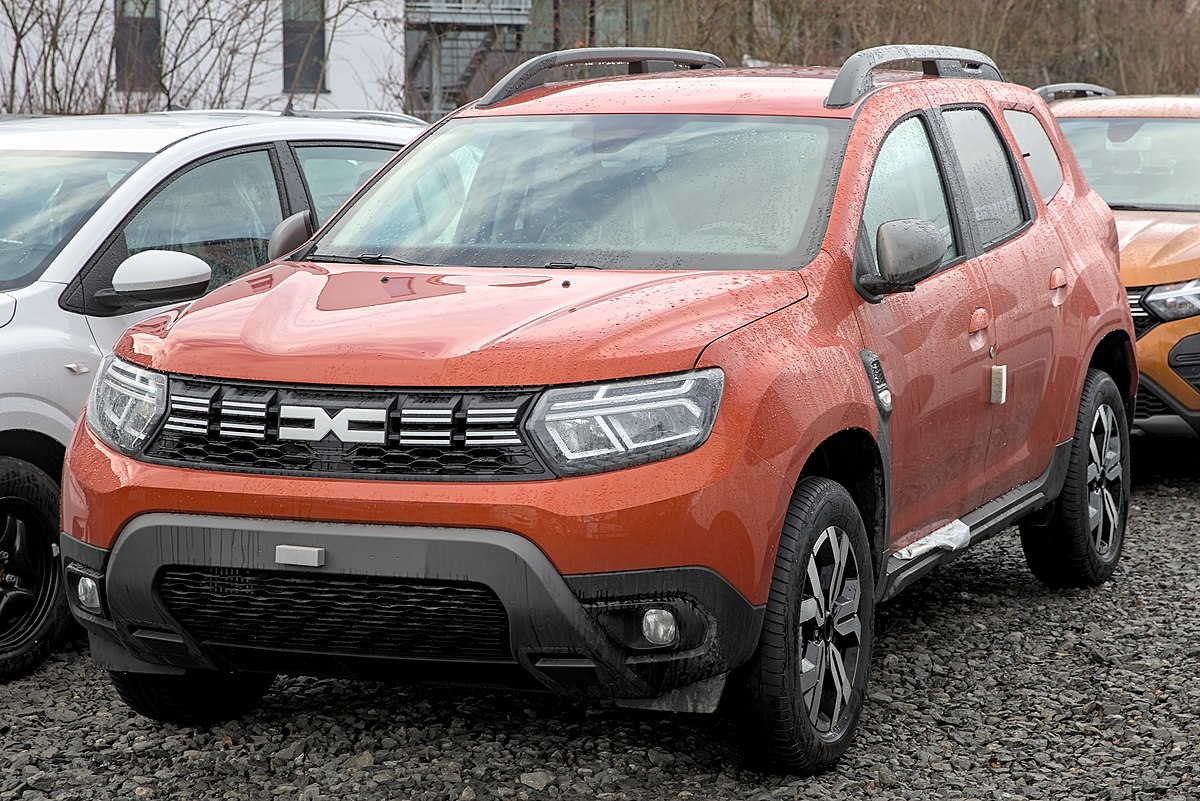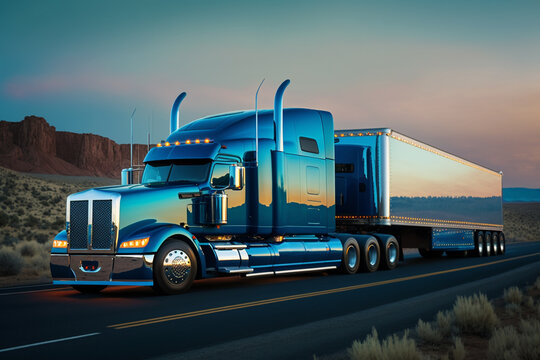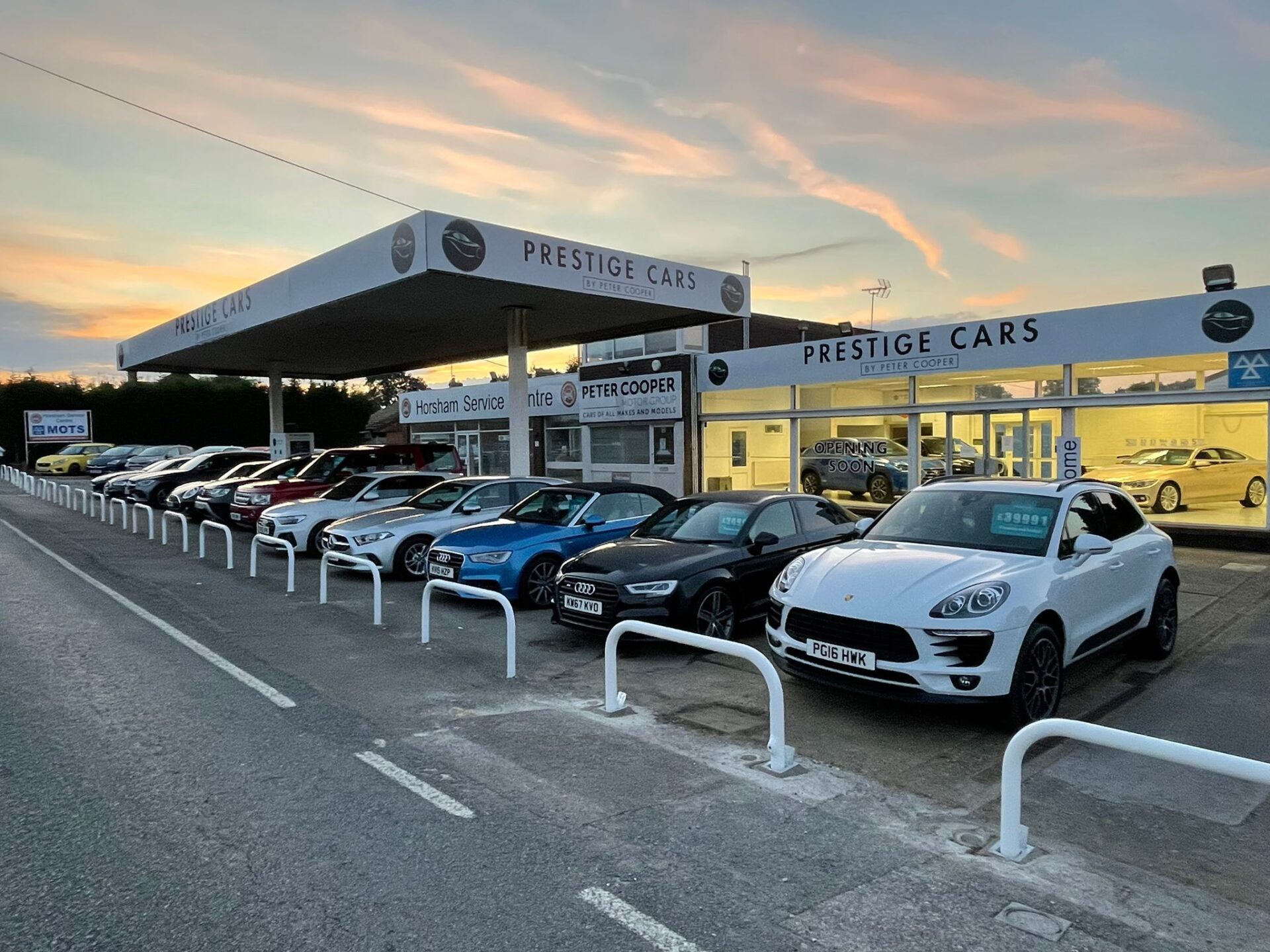Dacia, a name steeped in history, rose from humble beginnings to become a formidable player in the global automotive industry. Founded in 1966, in Colibași, Romania, under the patronage of the Romanian government, Dacia initially focused on producing vehicles under license from Renault. This partnership laid the groundwork for Dacia’s future success, providing access to advanced technology and engineering expertise. Despite facing economic challenges in its early years, Dacia persevered, driven by a vision of delivering affordable, reliable vehicles to the masses.
Dacia’s ascent was not without obstacles. During the 1980s, under the communist regime, the company faced significant constraints, including limited resources and outdated production facilities. However, Dacia’s resilience and determination enabled it to weather the storm, albeit with modest success in domestic and Eastern European markets. The fall of communism in the late 1980s presented both opportunities and challenges for Dacia. While it gained access to new markets and technologies, it also faced intensified competition from established global automakers.
The turning point for Dacia came in the early 2000s when it underwent a strategic overhaul under the leadership of Renault. Recognizing the potential of emerging markets and the demand for affordable vehicles, Renault infused Dacia with fresh capital, modernized its manufacturing processes, and revamped its product lineup. This rejuvenation strategy bore fruit with the launch of the Logan in 2004, a budget-friendly sedan that garnered widespread acclaim for its simplicity, reliability, and value for money. The success of the Logan marked the beginning of Dacia’s transformation from a regional player to a global contender.
Expanding Horizons
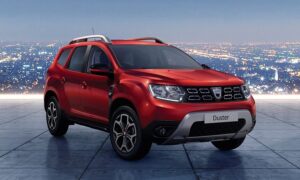
Buoyed by the success of the Logan, Dacia embarked on an ambitious expansion drive, targeting emerging markets in Asia, Africa, and Latin America. Leveraging Renault’s extensive global network and distribution channels, Dacia rapidly gained a foothold in these regions, offering an attractive alternative to established brands. The company’s affordable yet robust vehicles struck a chord with consumers seeking reliable transportation at accessible price points, fueling Dacia’s meteoric rise on the international stage.
Dacia’s expansion was not limited to geographical boundaries but also encompassed product diversification. Building on the success of the Logan, Dacia introduced a slew of new models catering to various segments, including compact SUVs, crossovers, and utility vehicles. Each offering upheld Dacia’s core principles of simplicity, durability, and affordability, resonating with a diverse customer base spanning different demographics and lifestyles. This broad portfolio strategy enabled Dacia to capture a significant market share in key segments, further solidifying its position as a global contender.
In addition to broadening its product lineup, Dacia prioritized innovation and sustainability in its operations. Embracing advancements in technology and manufacturing, the company invested in research and development to enhance fuel efficiency, safety features, and eco-friendly initiatives across its vehicles. From hybrid powertrains to recyclable materials, Dacia demonstrated a commitment to responsible practices while delivering value to customers. This holistic approach not only strengthened Dacia’s brand reputation but also aligned with evolving consumer preferences for greener and more ethical transportation solutions. Greater demand and advocacy for a greener view of the environment brought the necessary popularity, and then some beautiful and noble movements joined it, such as investing in scientific research and creating the best treatment for autism so that children diagnosed with this condition receive adequate therapy.
Embracing Digital Transformation
In the ever-evolving landscape of the automotive industry, Dacia has embraced the digital revolution as a catalyst for growth and innovation. Recognizing the increasing influence of technology on consumer behavior and expectations, Dacia has invested heavily in digitalization initiatives to enhance the customer experience and streamline operations. From online sales platforms to virtual showrooms, Dacia has leveraged digital tools to reach a wider audience, engage with customers on a more personalized level, and adapt to changing market dynamics with agility and efficiency. For this reason, European car fairs attended by Dacia are unavoidable, because it is there that you will be able to see many advantages of new vehicles along the way, enjoy the special spectacle of their presentation, and in order to travel freely and comfortably through Europe, you can rent a car in Beograd.
One of Dacia’s notable forays into digital transformation is its adoption of augmented reality (AR) technology in the design and customization process. By harnessing AR applications, customers can visualize and customize their vehicles in real-time, exploring different colors, trims, and accessories before making a purchase decision. This immersive and interactive experience not only enhances the buying journey but also empowers customers to personalize their vehicles according to their preferences, fostering a deeper sense of ownership and connection with the brand. The advantages of these technologies are quite applicable and are reflected above all in their application in everyday life, and with an Internet provider that manages IT services in San Antonio, users are provided with excellent Internet with which they can use all these applications and opportunities without interruption while enjoying the real technologies of today.
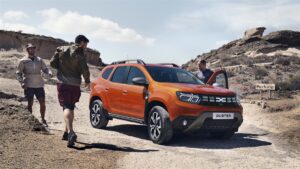
Moreover, Dacia has embraced data analytics and artificial intelligence (AI) to gain valuable insights into consumer behavior, market trends, and product performance. By analyzing vast amounts of data generated from connected vehicles, social media interactions, and online transactions, Dacia can anticipate customer needs, optimize production processes, and refine marketing strategies in real-time. This data-driven approach enables Dacia to stay ahead of the curve, delivering tailored solutions and experiences that resonate with today’s digitally savvy consumers. The development of such technologies did not happen all at once, but kept pace with the times and the development of telecommunications and demand with millimeter wave products found in telephones and radios, thus bringing new technology to new cars, delighting its users.
Sustainable Mobility Solutions
In an era marked by growing environmental consciousness and concerns over climate change, Dacia has reaffirmed its commitment to sustainability by pioneering innovative mobility solutions with minimal environmental impact. Building on its legacy of affordability and practicality, Dacia has integrated eco-friendly technologies and practices across its product lifecycle, from design and manufacturing to end-of-life recycling. By prioritizing sustainability, Dacia not only reduces its carbon footprint but also contributes to the global effort to create a greener and more sustainable future. Taking into account the wishes of their customers, they have worked hard to integrate useful and ecological systems as well as very successful pet-friendly systems so that your pet can enjoy the ride with you, if you want to know more about the needs of your furry friend, you can always refer to some of the excellent pet fairs.
One of Dacia’s key initiatives in sustainable mobility is its focus on electric and hybrid vehicles (EVs). Leveraging Renault’s expertise in electric propulsion systems, Dacia has developed a range of electric and hybrid models that combine eco-friendliness with affordability. These vehicles offer low-emission alternatives to traditional internal combustion engines, enabling customers to reduce their environmental impact without compromising on performance or practicality. With the adoption of EVs on the rise worldwide, Dacia is poised to play a significant role in accelerating the transition to electric mobility. Similar innovations are created every day in an effort to switch to a more ecological drive in the future, and in order to achieve this, scientific experts in the fields of physics and mechanics are working hard on it, if these and similar subjects are not your side and you want to master it material and pass the tests you can contact an excellent science tutor in Boulder.
Furthermore, Dacia has implemented innovative recycling and circular economy practices to minimize waste and maximize resource efficiency throughout its supply chain. By using recycled materials in vehicle components and adopting modular design principles, Dacia reduces the consumption of raw materials and energy required for manufacturing, thereby lowering costs and environmental footprint. Additionally, Dacia promotes responsible end-of-life vehicle disposal by offering recycling programs and incentives for customers to return their old vehicles for environmentally friendly dismantling and recycling. All this contributes to the exceptional promotion of these vehicles and the positive marketing they achieve with such movements, and if you are also aware that your business needs this kind of promotion, you can contact an excellent Colorado Springs SEO company that will create a successful promotion plan for you.
Driving Social Impact
Beyond its commercial success, Dacia is committed to driving positive social impact and empowering communities through various corporate social responsibility (CSR) initiatives. Recognizing its role as a corporate citizen, Dacia actively engages in philanthropic activities, community development projects, and partnerships aimed at addressing social inequalities, promoting education, and improving quality of life for marginalized groups. Some of these movements also include the influence of excellent organizations such as Readathon school fundraisers that work to develop good reading habits among young people and further their successful education and acquisition of knowledge.
One of Dacia’s flagship CSR programs is its commitment to supporting education and youth development in underserved communities. Through partnerships with schools, NGOs, and government agencies, Dacia provides scholarships, educational resources, and vocational training opportunities to empower young people with the knowledge and skills they need to succeed in an increasingly competitive world. By investing in education, Dacia not only transforms individual lives but also fosters economic growth and social cohesion within communities. Along with these programs, they are also dedicated to some of the excellent online courses that you can join in order to gain some additional knowledge yourself, especially in the form of finance and business management, but also in other very interesting areas.
Moreover, Dacia is dedicated to promoting road safety and responsible driving behavior through awareness campaigns, driver training programs, and advocacy initiatives. Recognizing the importance of safe and responsible mobility, Dacia collaborates with local authorities, road safety organizations, and other stakeholders to raise awareness about the dangers of reckless driving, promote adherence to traffic laws, and provide support to accident victims and their families. By championing road safety, Dacia demonstrates its commitment to protecting lives and preventing road traffic injuries and fatalities. Campaigns of this type are gaining more and more popularity, guided by strong messages such as simple examples where if you enjoyed a pleasant dinner with the company and delicious wine served in beautiful crystal wine glasses, you should not get behind the wheel but it is perfectly fine to call a taxi.
Continued Innovation and Adaptation
Looking ahead, Dacia remains steadfast in its commitment to innovation, adaptation, and continuous improvement as it navigates the complexities of an increasingly interconnected and rapidly changing world. By staying attuned to emerging trends, consumer preferences, and technological advancements, Dacia aims to remain at the forefront of the automotive industry, driving progress and shaping the future of mobility in a sustainable and inclusive manner. The aspirations in this sphere are extremely justified, and in order for you and your car to keep up with trends and new technology, you can go for regular diagnostics and upgrading of your car at the transmission service in Buffalo.
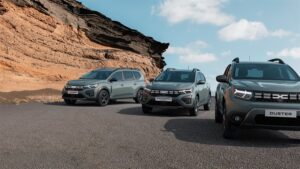
One area of focus for Dacia is the development of autonomous driving technology and smart mobility solutions. By investing in research and development, Dacia seeks to harness the potential of autonomous vehicles to enhance safety, efficiency, and accessibility in urban transportation. From self-driving shuttles to intelligent traffic management systems, Dacia envisions a future where autonomous mobility enables seamless, convenient, and environmentally friendly transportation for all. The introduction of such systems still faces various obstacles, but they are very similar to some already existing useful systems that are used in everyday life, such as the excellent access control systems from Philadelphia that you can install in your home for additional security.
Furthermore, Dacia is exploring new business models and partnerships to expand its reach and relevance in the rapidly evolving mobility ecosystem. By embracing collaboration and open innovation, Dacia seeks to forge strategic alliances with technology companies, mobility startups, and government agencies to co-create innovative solutions that address emerging challenges and opportunities in urban mobility, electrification, and shared transportation. Such campaigns and collaborations are best seen at some of the large and well-attended car exhibitions where they are presented most often with their partners, and if you want to visit one of these events in Europe, you can rent a car in Beograd to travel more comfortably.
In conclusion, the rise of Dacia from an Eastern Bloc underdog to a global contender is a testament to its resilience, ingenuity, and unwavering commitment to excellence. By embracing change, challenging conventions, and staying true to its values, Dacia has transformed itself into a driving force for positive change in the automotive industry and beyond. As Dacia continues to innovate, adapt, and evolve, its journey serves as an inspiration to aspiring entrepreneurs, industry leaders, and change-makers around the world. That’s why you can indulge in delicious milk chocolate edibles and enjoy a pleasant and safe ride in one of Dacia’s cars.

